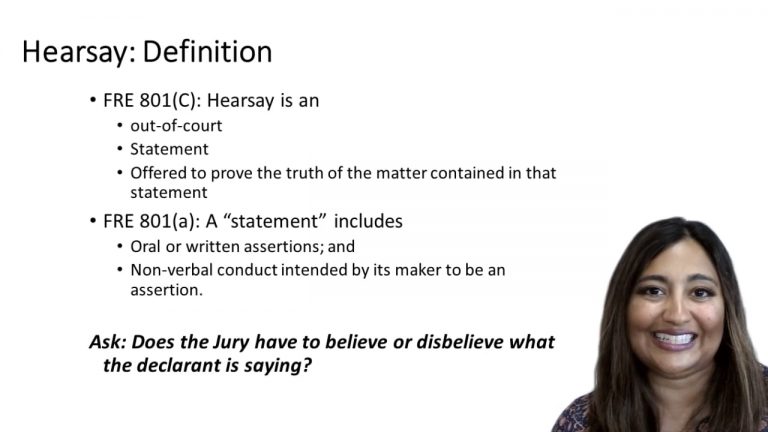SmartBrief
Confirm favorite deletion?
Evidence Keyed to Park
Aumand v. Dartmouth Hitchcok Medical Center
Citation:
611 F.Supp.2d 78 (2009)Facts
The plaintiffs, who are the executor of the estate of Katherine Coffey and Coffey’s widower, Francis Coffey, have sued Dartmouth Hitchcock Medical Center, alleging her hospitalization there, leading to an infection, the amputation of parts of her hand, and ultimately her death. The hospital challenged the admissibility of a statement that was allegedly made to Coffey’s son, James, by a man he encountered upon leaving his mother’s hospital room at the center after she had received the injections of glucose. The plaintiffs say that the man’s statement to James is admissible as an admission by a party-opponent. Dartmouth Hitchcock objects that, in light of James’ inability to recall anything about the man who made the statement, the plaintiffs cannot show that he even was the hospital’s employee, let alone that the subject of the statement, Coffey’s condition, was within the scope of any such employment.
Only StudyBuddy Pro offers the complete Case Brief Anatomy*
Access the most important case brief elements for optimal case understanding.
*Case Brief Anatomy includes: Brief Prologue, Complete Case Brief, Brief Epilogue
- The Brief Prologue provides necessary case brief introductory information and includes:
Topic:
Identifies the topic of law and where this case fits within your course outline.Parties:
Identifies the cast of characters involved in the case.Procedural Posture & History:
Shares the case history with how lower courts have ruled on the matter.Case Key Terms, Acts, Doctrines, etc.:
A case specific Legal Term Dictionary.Case Doctrines, Acts, Statutes, Amendments and Treatises:
Identifies and Defines Legal Authority used in this case.
- The Case Brief is the complete case summarized and authored in the traditional Law School I.R.A.C. format. The Pro case brief includes:
Brief Facts:
A Synopsis of the Facts of the case.Rule of Law:
Identifies the Legal Principle the Court used in deciding the case.Facts:
What are the factual circumstances that gave rise to the civil or criminal case? What is the relationship of the Parties that are involved in the case.Issue(s):
Lists the Questions of Law that are raised by the Facts of the case.Holding:
Shares the Court's answer to the legal questions raised in the issue.Concurring / Dissenting Opinions:
Includes valuable concurring or dissenting opinions and their key points.Reasoning and Analysis:
Identifies the chain of argument(s) which led the judges to rule as they did.
- The Brief Prologue closes the case brief with important forward-looking discussion and includes:
Policy:
Identifies the Policy if any that has been established by the case.Court Direction:
Shares where the Court went from here for this case.
Topic Resources
Topic Outline
Topic Refresher Course
Topic Charts & Notes

 12m 52s
12m 52s